Whewell’s Gazette
Your weekly digest of all the best of
Internet history of science, technology and medicine
Editor in Chief: The Ghost of William Whewell
Volume #19
Monday 27 October 2014
EDITORIAL:
Your favourite #HistSTM weekly links digest this week reaches its nineteenth edition. Nineteen is a prime number, which played an important role in the history of calendric studies, the attempt to impose order on the march of time that is so important to the historian. The solar year and the lunar month are incommensurable, a fancy mathematical term that means you can’t measure the one with the other without ungainly bits left over. This quirk of nature caused major problems for the astronomers of ancient culture before the discovery of the so-called Metonic cycle. Named after the fifth-century BCE Greek astronomer Meton who introduced it into Greek calendric calculations, it was actually discovered earlier by an unknown Babylonian astronomer. The Metonic cycle relies on the fact that nineteen solar years are only about two hours shorter than 235 synodic (lunar) months. So in order to bring a lunar monthly calendar into line with a yearly solar calendar one just needs to add seven leap months into a nineteen-year cycle. In the traditional Hebrew lunar-solar calendar these are added in the years 3, 6, 8, 11, 14, 17 and 19. European Christian culture, of course, long ago adopted a purely solar calendar with totally arbitrary months divorced from the cycle of the lunar phases.
One of the most important English astronomers of the seventeenth-century was Sir Christopher Wren who today is mostly remembered for his architectural achievements, in particular St Paul’s Cathedral in London and the Sheldon Theatre in Oxford. The good Sir Christopher turned 382 on 20 October and was honoured with a Google Doodle.
He is this week’s birthday of the week and the nineteenth edition of Whewell’s Gazette is dedicated to his memory.
Quote of the Week:
Writing history is like drinking an ocean and pissing a cupful (so said Flaubert, apparently)” h/t @beckyfh
ON THE WEB BLOGS AND WEBSITES:
Birthday of the Week: Sir Christopher Wren born 20 October 1632
British Museum: Christopher Wren, Design for the Dome of St Paul’s Cathedral, a drawing in brown ink over pencil
Youtube: St Paul’s returns to former glory
ODNB: Sir Christopher Wren
The H-Word: Google Doodle forgot to celebrate Christopher Wren the man of science
Hartlib Circle: Christopher Wren’s three-story beehive
Yovisto: Christopher Wren and his Masterpiece – St Paul’s Cathedral
Maths in the City: St Paul’s Cathedral London
The Renaissance Mathematicus: Not just an architect
PHYSICS & ASTRONOMY:
AIP History: Oral History Transcript – Sir James Chadwick
Ptak Science Books: History of Mattresses: the Suspended Sleep of the Atomic Bomb, 1945
The Renaissance Mathematicus: Little things matter – for want of a semicolon
AIP History: Oral History Transcript – Felix Bloch
Yovisto: Felix Bloch and the Nuclear Magnetic Resonance Method
Echoes From The Vault: 52 Weeks of Historical How-To’s, Week 51: How To Discover a Planet
Yovisto: The Planetary Tables of Erasmus Reinhold
EXPLORATION and CARTOGRAPHY:
Citylab: Mapping the Age of Every Building in Manhattan
Royal Museums Greenwich: Solving Longitude: Magnetism
In propria persona: On the legal basis for English possession of North America
Medievalist.net: The Ebstorf Map: tradition and contents of a medieval picture of the world
Discovery News: Century-Old Notebook From Antarctic Expedition Found
MEDICINE:
FT Magazine: Marie Stopes: 100 years of sex advice
h-madness: New Issue of Journal of the History of the Neurosciences
Notches: Death by Celibacy: Sex, Semen and Male Health in the Middle Ages
The Recipes Project: Mrs. Corlyon’s Pimple Cream: A Toxic Topical
Philly.com – The Public’s Health: Yellow fever and Ebola: similar scourges, centuries apart
Advances in the History of Psychology: Alfred Binet: Naissance de la Psychologie Scientifique
The Generous Georgian: Dr Richard Mead: Inoculating ‘The Speckled Monster’
The Generous Georgian: Dr Richard Mead: A Duel over Smallpox
Diseases of Modern Life: The Dogs’ Bach
Remedia: Abilities first? Institutions for disabled children in Victorian and Edwardian Britain
CBC News: St. Mary’s Hospital in Kitchener celebrates 90 years
Panacea: Plus ça change: Infectious diseases Past & Present
CHoM News: 60 Years Ago This Week: Thomas Huckle Weller and the Nobel Prize
Royal College of Physicians: ‘The ornament of his age’
The Medicine Chest: Do(n’t) try this at home: Simon Witgeest’s New Theatre of Arts
NYAM: Reflections on “Art, Anatomy and the Body: Vesalius 500”
NYAM: Polio: A Fearful Disease Nears Its End
Medievalist.net: Surgery in the 14th Century
Medical Rare Books from Washington University: External Remedies for Accidents
Yovisto: Giovanni Maria Lancisi and his Medical Discoveries
Science of Us: Ancient Brits Had Less Gum Disease Than Modern Ones
Concocting History: She-Wolf
CHEMISTRY:
Othmeralia: AROMATICS
EARTH & LIFE SCIENCES:
The Linnean Vol. 30: (PDF) Homing In: Alfred Russel Wallace’s Homes in Britain (1852 to 1913)
The Embryo Project: Christiane Nusslein-Volhard
Medievalist.net: ‘I know not what it is’: Illustrating Plants in Medieval Manuscripts
The Embryo Project: Mary Warnock
The Return of Native Nordic Fauna: Otters then and now, north and south
Nature: The discovery of Homo floresiensis: Tales of the hobbit
Natural History Apostils: False alternatives in creationism and Darwin-conspiracy theories
The Tentacle: The Continuing Curious Case of Ali Wallace
Wall Street Journal: How ‘Genocide Was Coined’
Los Exploradores de Adviento: Alfred Russel Wallace
Thinking Like a Mountain: Reviving Frozen Fish in Manchester! Investigation Natural History, 1775-1851
The Embryo Project: Wilhelm August Oscar Hertwig
The Embryo Project: Victor Jollos (1887–1941)
TECHNOLOGY:
The Public Domain Review: The Mysteries of Nature and Art
Guardian: Information Age: the radio transmitter that changed our world
Inside the Science Museum: Revealing The Real Cooke and Wheatstone Telegraph Dial
Yovisto: Samuel W. Anderson and the Crash Test Dummies
Latinos Post: Apple Computer Made at Steve Job’s Garage in 1976 Sold For $905 000
Gizmodo: A Brief History of Buildings That Spin
Yovisto: Charles Joseph Minard and the Art of Infographics
Guardian: Coils and cables; Science Museum opens information age gallery
The Recipes Project: Reading How-To Workshop
History Today: The Origins of the Shroud of Turin
Yovisto: William Higinbotham and Tenis for Two
My medieval foundry: Introductory post
The Appendix: The Appearance of Being Earnest
META:- HISTORIOGRAPHY, THEORY, RESOURCES and OTHER:
Corpus Newtonicum: Adventures in Huntingdonland, Pt. 3
There’s A Spider In The Bath: A Fortnight at the Royal Institution
The Conversation: Interdisciplinary research must sit at the heart of universities
Cambridge Journals Blog: Dipping a toe into the water of open access – BJHS THEMES
Doctor or Doctress? Explore American history through the eyes of women physicians
Sideways Look at Science: One Year In Research, Part I: Giving Birth to a Research Project
Nursing Clio: Adventures in the Archives: Living in a Material World
Harvard University Library: Harvard Library Policy on Access to Digital Reproductions of Works in the Public Domain
Conciatore: San Giovanni
Medical Heritage Library: “Seeing With a Better Eye” Through the MHL
Nature: In retrospect: On the Connexion of the Physical Sciences
Letters from Gondwana: Mary Somerville, Queen of Science
Royal Museums Greenwich: What your wig says about you
The Guardian: How 1,000 years of Arabic scholarship advanced scientific debate – in pictures
University of Newcastle: Gertrude Bell Archive
Guardian: MI5 spied on leading British historians for decades, secret files reveal
MIT Technology Reviews: Isaac Asimov Asks, “How Do People Get New Ideas”
Royal Museums Greenwich: The Bitter Trade; Spices, Smugglers and State-Sponsored Killings
Res Obscura: A Compendium of Obscure Things #6
History of the Present: Paper: Ian Hesketh: The Story of Big History
Making Science Public: Making science picturesque
World Science Festival: 5 Great Scientists Who Never Won A Nobel Prize
THE: Object lessons: 100 examples of the stuff history was made on
ESOTERIC:
Jeanne de Montbaston: Witches and Wicked Bodies: Imagining the ‘Other’
Distillatio: Why are some medieval alchemical texts more popular than others?
Forbidden Histories: A Night of Mesmerism and Psychology at Barts Museum
Ritman Library: John Dee’s “Monas Hieroglyphica”
History of Alchemy: Podcast: Alchemists’ Halloween Special
BOOK REVIEWS:
NEW BOOKS:
Early Modern Medicine: Aphrodisiacs, Fertility and Medicine
Harvard University Press: Working Knowledge: Making the Human Sciences from Parsons to Kuhn
Historiens de la santé: The Birth of the Pill: How Four Crusaders Reinvented Sex and Launched a Revolution
Science Book a Day: The Control of Nature
Academia.edu: Notes on Recent Publications: Histories of the Hidden God etc
Jezebel: No Love for Lovelace: A Closer Read of Walter Isaacson’s Innovators
The Dispersal of Darwin: Darwin’s Dice: the Idea of Chance in the Thoughts of Charles Darwin
Brill: The Problem of Disenchantment: Scientific Naturalism and Esoteric Discourse 1900-1939
The Dispersal of Darwin: Extinction and Evolution: What Fossils Reveal About the History of Life
Amazon: Commercial Visions, Trade and Visual Culture in the Dutch Golden Age h/t @margocsy
OUP: Tangible Things: Making History Through Objects
THEATRE:
FILM:
Alive in the Age of Worry: Review “The Imitation Game”
TELEVISION:
VIDEOS:
Vimeo: De Herinacio – On The Hedgehog
Youtube: The Medieval University
National Science Foundation: Chance Discoveries: Artificial Sweeteners
Youtube: Science Museum: Information Age 8 videos
Meta Filter: Do you like vintage training/ educational films? Meet Jeff Quitney includes many #histSTM videos
RADIO:
BBC: Hidden Histories of the Information Age
PODCASTS:
Elizabeth M. Covart: Jeanne Abrams, Revolutionary Medicine: The Founding Fathers and Mothers in Sickness and in Health
NPR: The Slide Rule: A Computing Device That Put A Man On The Moon
ANNOUNCEMENTS:
CHSTM Manchester: CfP: Stories about science: exploring science communication and entertainment media 4-5 June 2015
Harvard STS: STS Fellows Program
Warwick University: CfP: Networks of Media and Print in the Age of Imperialism 23 April 2015
AHA Today: American Historical Association Announces the 2014 Prize Winners
Cambridge University Library: Exhibition: The use and abuse of books 1450-1550: Private lives of print
6th Norwegian Conference on the History of Science: CfP: Oslo 11-13 February 2015
Society for the Social History of Medicine: CfP: The History of the Body: Approaches and Directions 16 May 2015
Society for the Social History of Medicine: Conference: Segregation and Integration in the History of the Hospital Dubrovnik 10-11 April 2015
Society for the Social History of Medicine: CfP: The Black Sea in the Socialist World Birkbeck College London 6-7 February 2015
Society for the Social History of Medicine: Conference: Bodies Beyond Borders: The Circulation of Anatomical Knowledge, 1750-1950 Leuven, Belgium 7-9 January 2015
Palace Green Library Durham: Exhibition: Book Bindings from the Middle Ages to the Modern Day 4 October 4014 to 4 January 2015
Royal Museums Greenwich: Lecture: The Knowledge: How to Rebuild our World from Scratch
Museums Association: Sharon Heal appointed director of the Museums Association
Wellcome Trust: Lecture: Men, Medicine and Masculinity: male sexual health in the Long 17th Century 28 October 2014
Forbidden Histories: Free Access to Studies in History and Philosophy of Science C Special Section, “Psychical Research in the History of Science and Medicine”
University of York: CfP: Magic and Intellectual History 5 March 2015
Studies in travel writing: CfP: Women’s Writing: Special Issue on Journeys to Authority: Travel Writing and the Rise of the Woman of Letters Deadline: 1 May 2015
Canadian Society for the History of Medicine: CfP: 2015 Annual Conference
That Camp SHOT: Propose sessions
LOOKING FOR WORK?
University of Groningen: 7 Rosalind Franklin Fellowships at the Faculty of Mathematics and Natural Sciences
University of California – Berkeley: Assistant/Associate/Full Professor – Philosophy
ASU School of Life Sciences: The School of Life Sciences at Arizona State University invite applications for a tenure-track faculty position at the rank of Assistant Professor in the area of philosophy of biology.
University of Cambridge: Graduate funding opportunities in History and Philosophy of Science at Cambridge for entry in October 2015
Science Museum Group: Keeper of Medicine
Michigan State University: Assistant Professor of History, Philosophy, and Sociology (HPS) of Computing, Networks, or Big Data





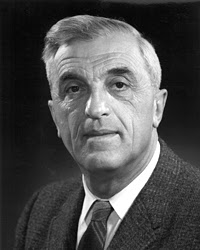

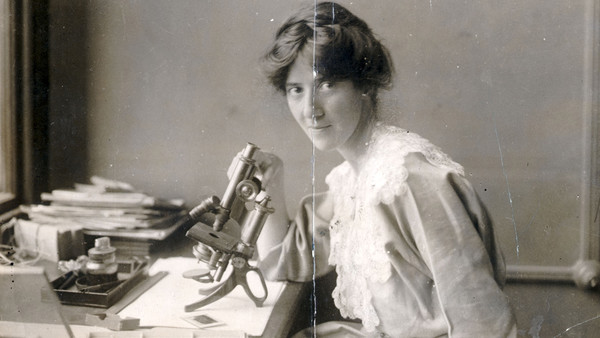



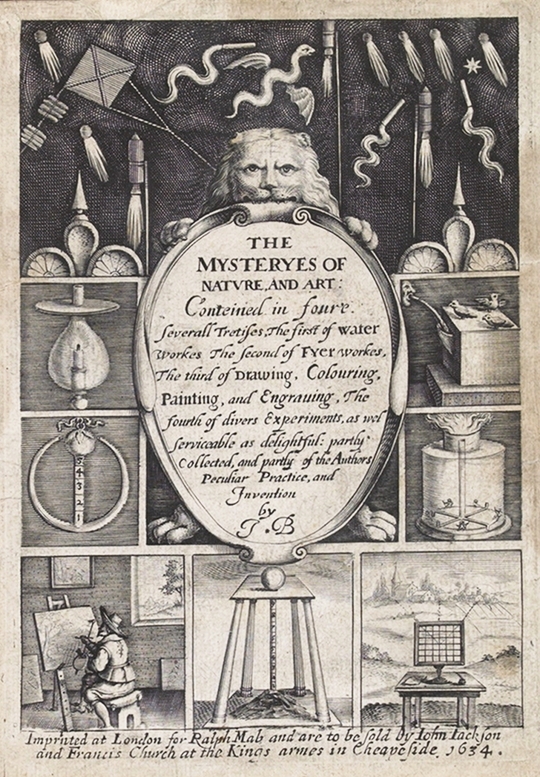
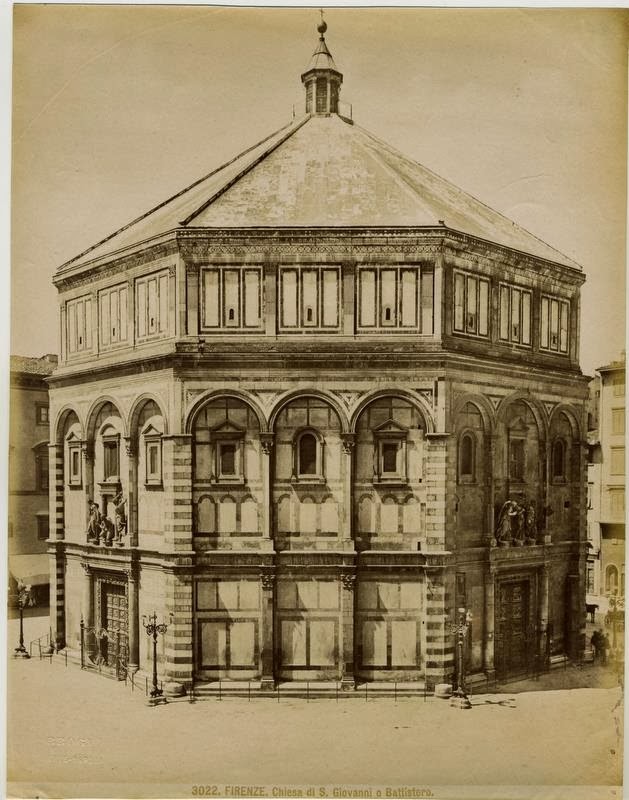

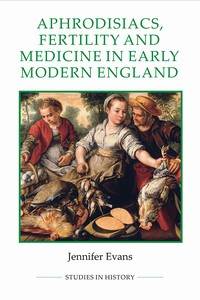
Thanks for linking to my blog post!
Subscribing to you now. Great list of resources. Thanks for including Science Book a Day in there too 🙂